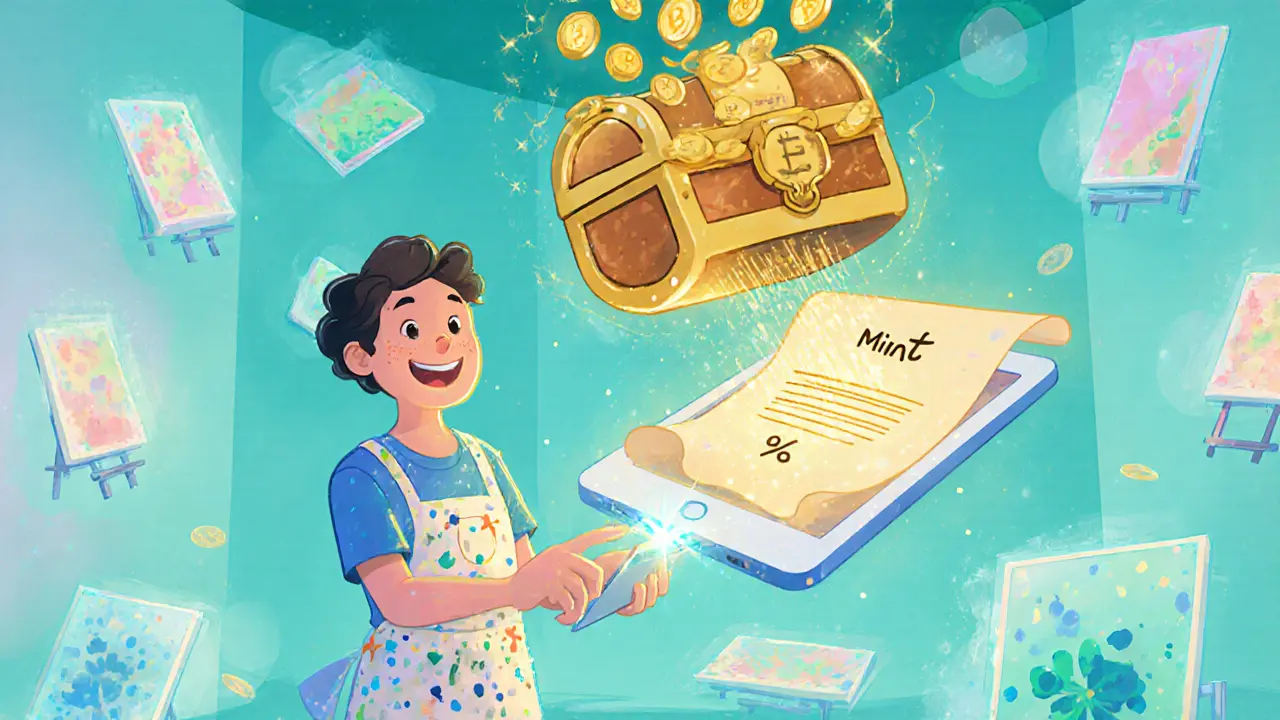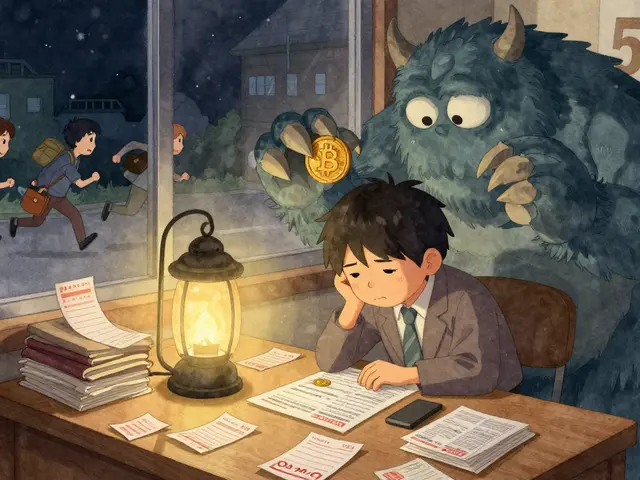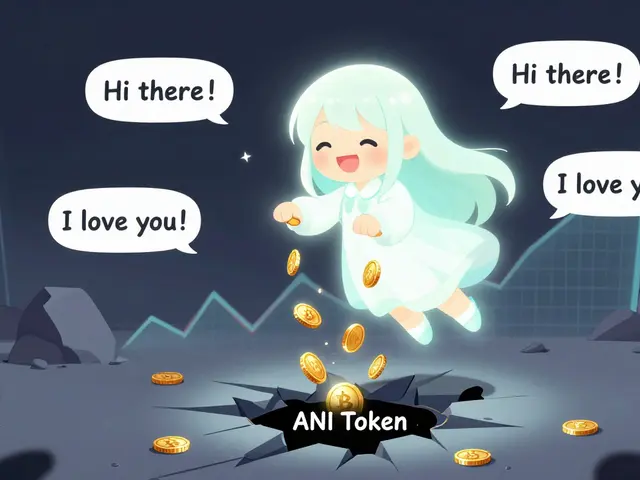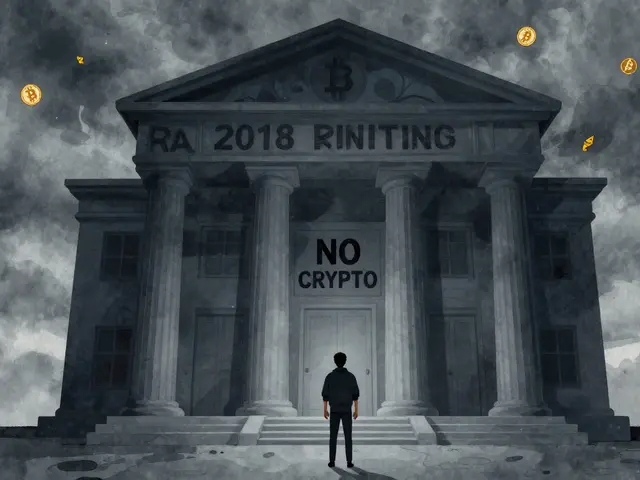NFT Royalties
When working with NFT royalties, the continuous payments creators receive each time a non‑fungible token is resold. Also known as secondary‑sale royalties, they rely on the token's underlying smart contract, which automates the payout without a middleman. The whole concept sits inside a broader NFT ecosystem that blends art, code, and finance.
One of the first things creators need to understand is the royalty standards, a set of guidelines that tell wallets and marketplaces how much to send back to the original author. The most common is EIP‑2981 on Ethereum, which lets a contract declare a percentage—usually between 5% and 10%—that should be split whenever the token changes hands. Other blockchains have their own versions, but the goal is the same: a transparent, on‑chain signal that anyone can read and honor.
Not every platform respects these standards, which is why NFT marketplaces matter a lot. OpenSea, LooksRare, and X2Y2 have built‑in royalty enforcement, automatically routing a slice of the sale price to the creator’s address. Some newer markets even let sellers set tiered rates for different buyer categories. When a marketplace supports the standard, the creator doesn’t have to chase down payments—everything happens in the transaction itself.
For creators, the biggest win is the steady creator earnings stream that follows the token’s life. A piece that sells for $500 today might fetch $2,000 a year from a collector, and the original artist still pockets their royalty percentage. This model turns a one‑off sale into a long‑term revenue source, similar to how musicians earn from streaming royalties. It also incentivizes artists to build communities that keep demand high.
There are challenges, though. Tax authorities in many jurisdictions treat each royalty payout as ordinary income, which means creators must track every little transaction. On‑chain anonymity can make compliance tricky, and some platforms charge fees that eat into the royalty slice. Moreover, if a buyer trades the NFT off‑chain or through a private sale, the royalty can be bypassed entirely.
Looking ahead, the industry is experimenting with dynamic royalties that adjust based on market conditions or holder behavior. Some projects tie royalty rates to token age, while others plan to redistribute a portion of royalties to token holders as a loyalty bonus. The underlying blockchain tech makes these ideas possible, because every transaction is recorded and can trigger programmable actions.
Below you’ll find a curated set of articles that dive deeper into each of these areas: how to set up royalty percentages in your contract, which marketplaces offer the best terms, tax‑friendly tracking tools, and future trends like dynamic royalty models. Whether you’re a creator just starting out or a collector curious about the earnings behind your favorite pieces, the guides below give you practical steps to make the most of NFT royalties.
How NFTs Enable Content Ownership and Automatic Royalties
Learn how NFTs let creators own digital content and earn automatic royalties on every resale, with practical steps, platform comparisons, and future trends.





